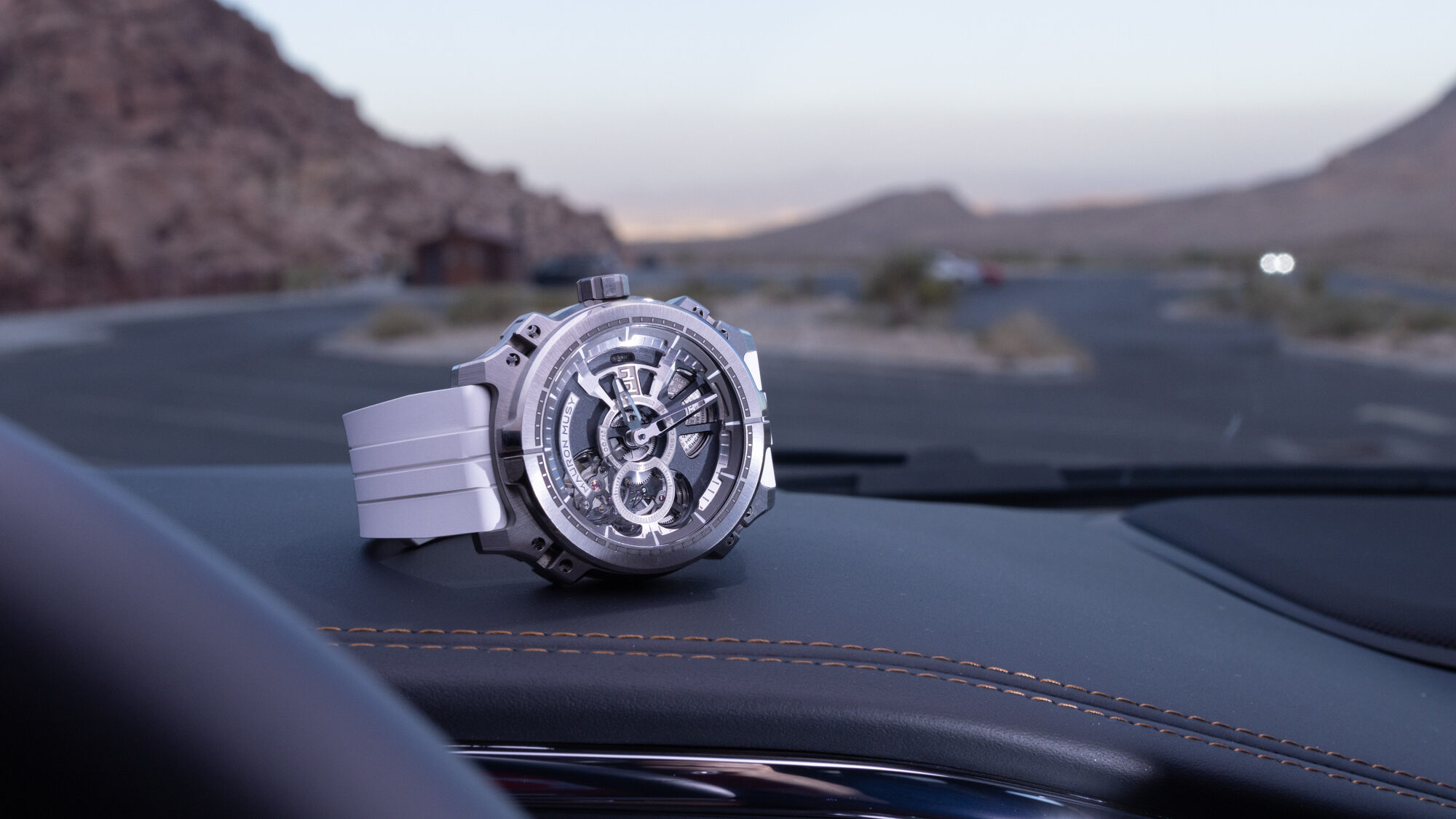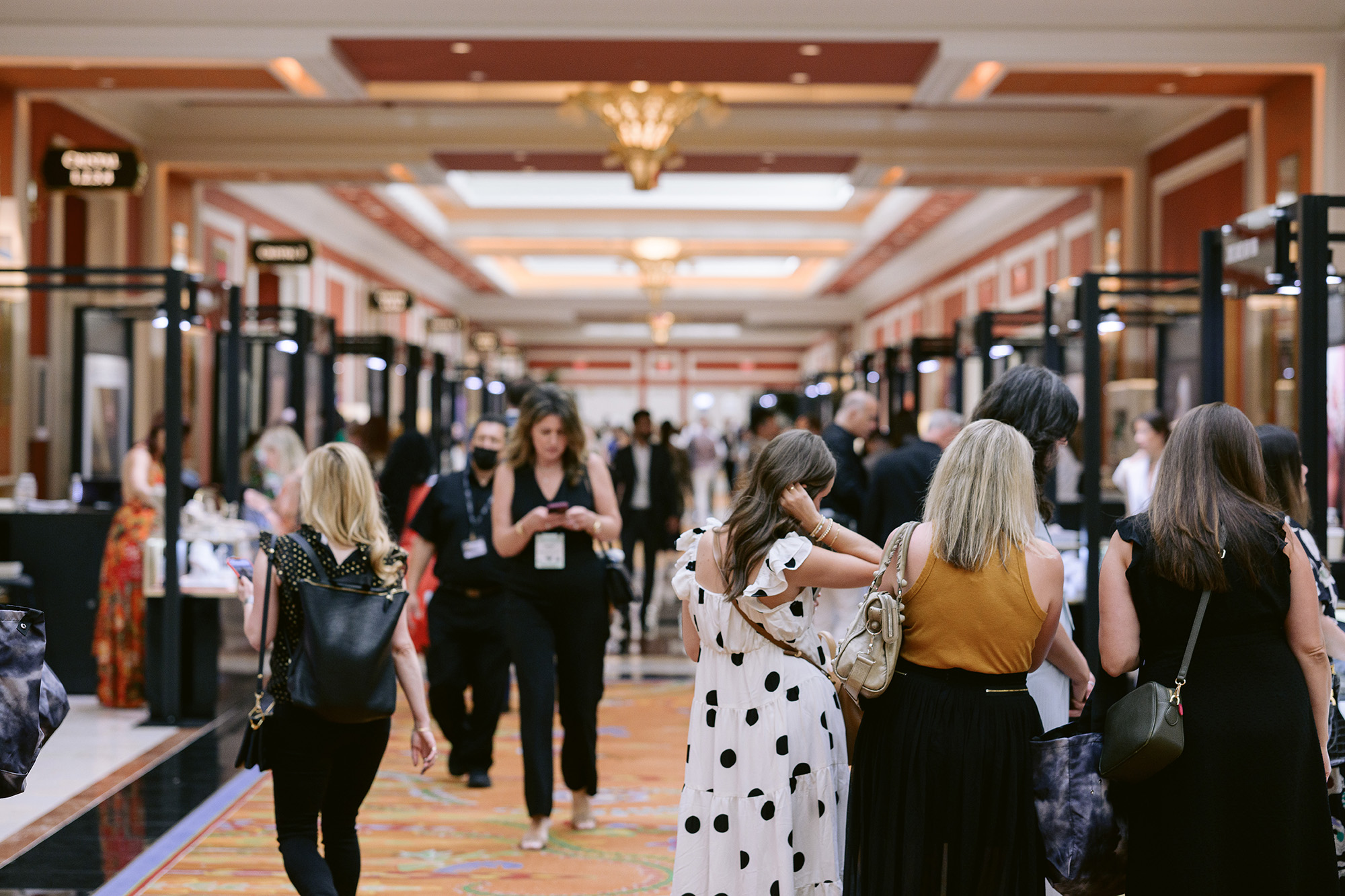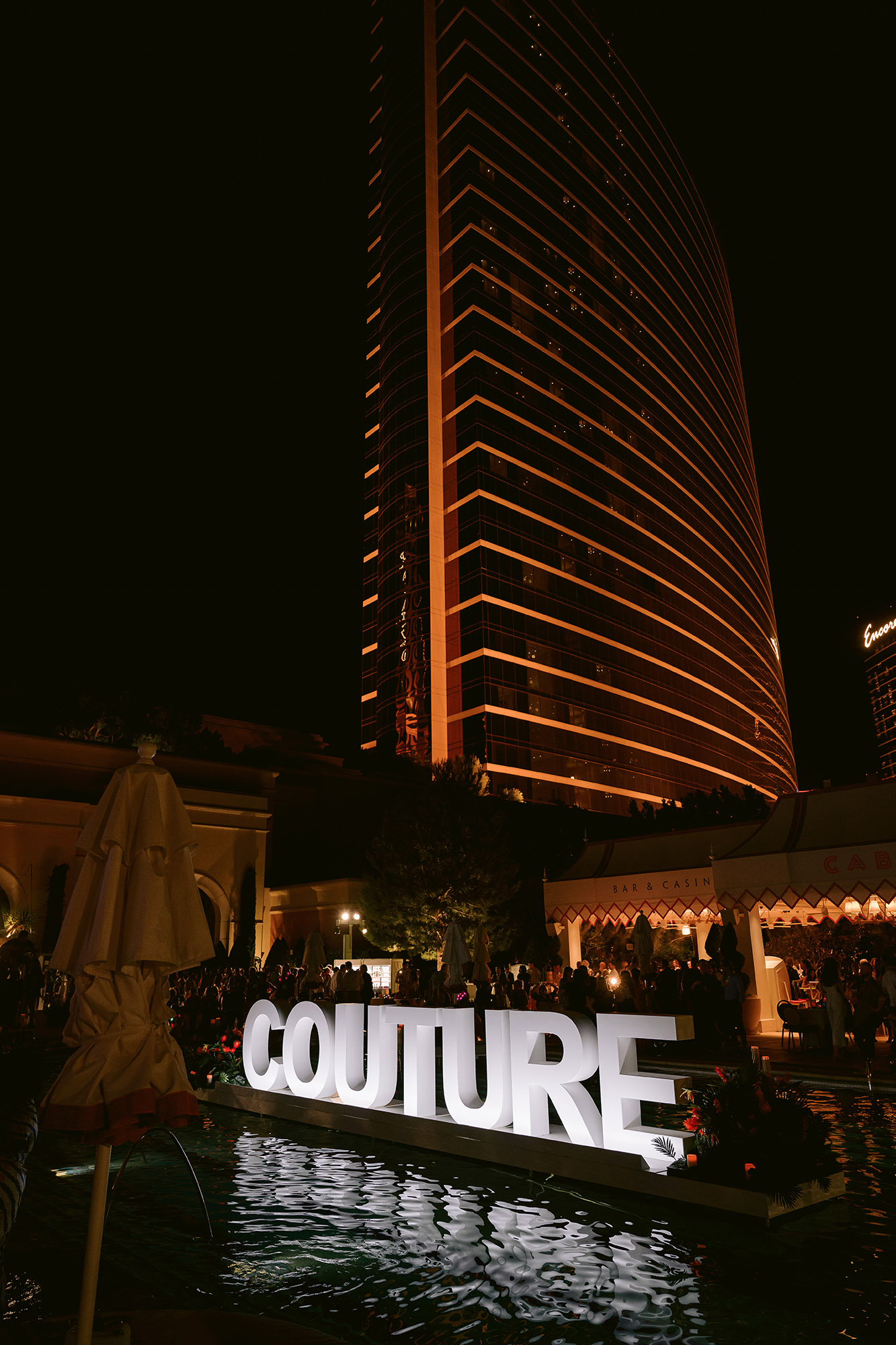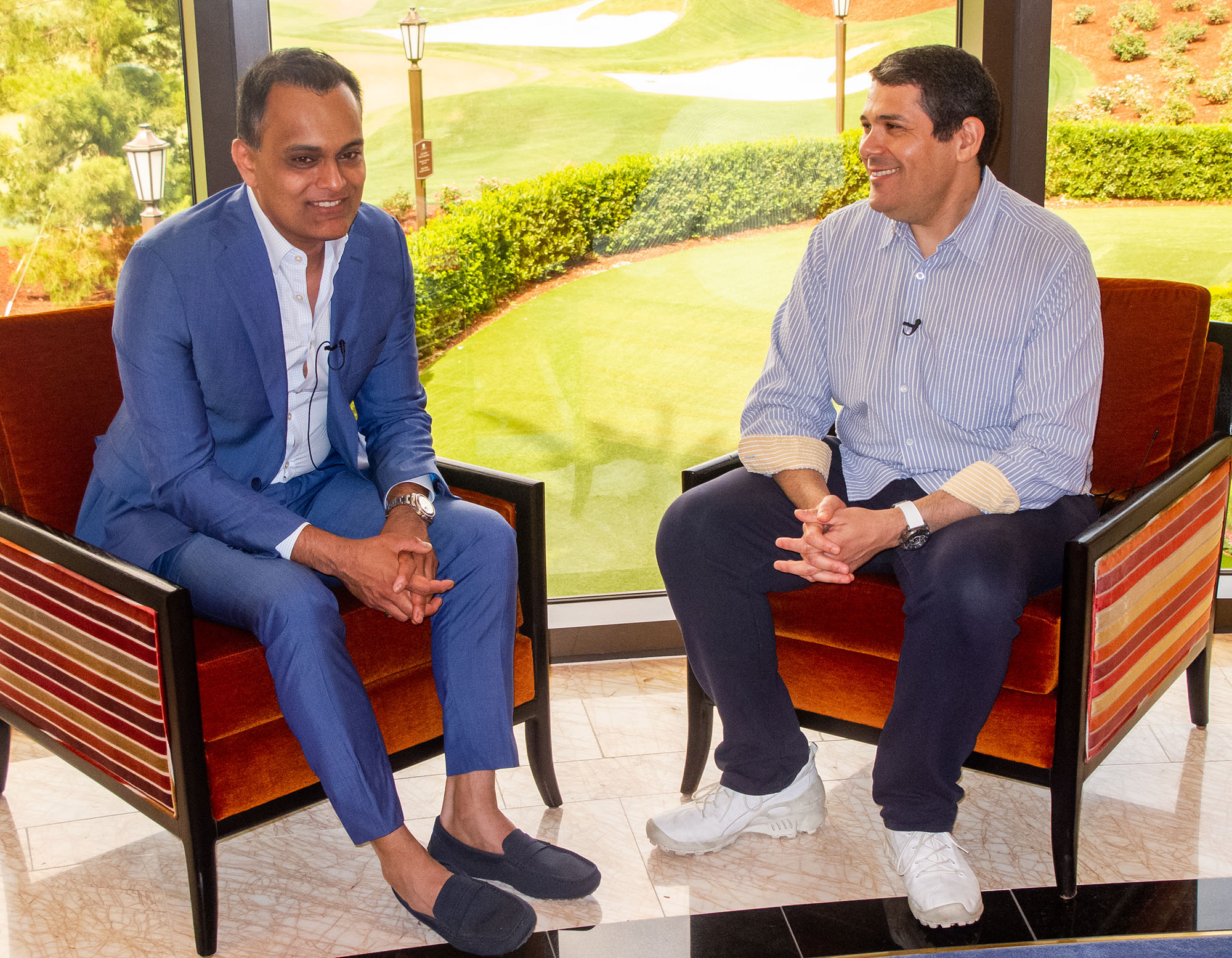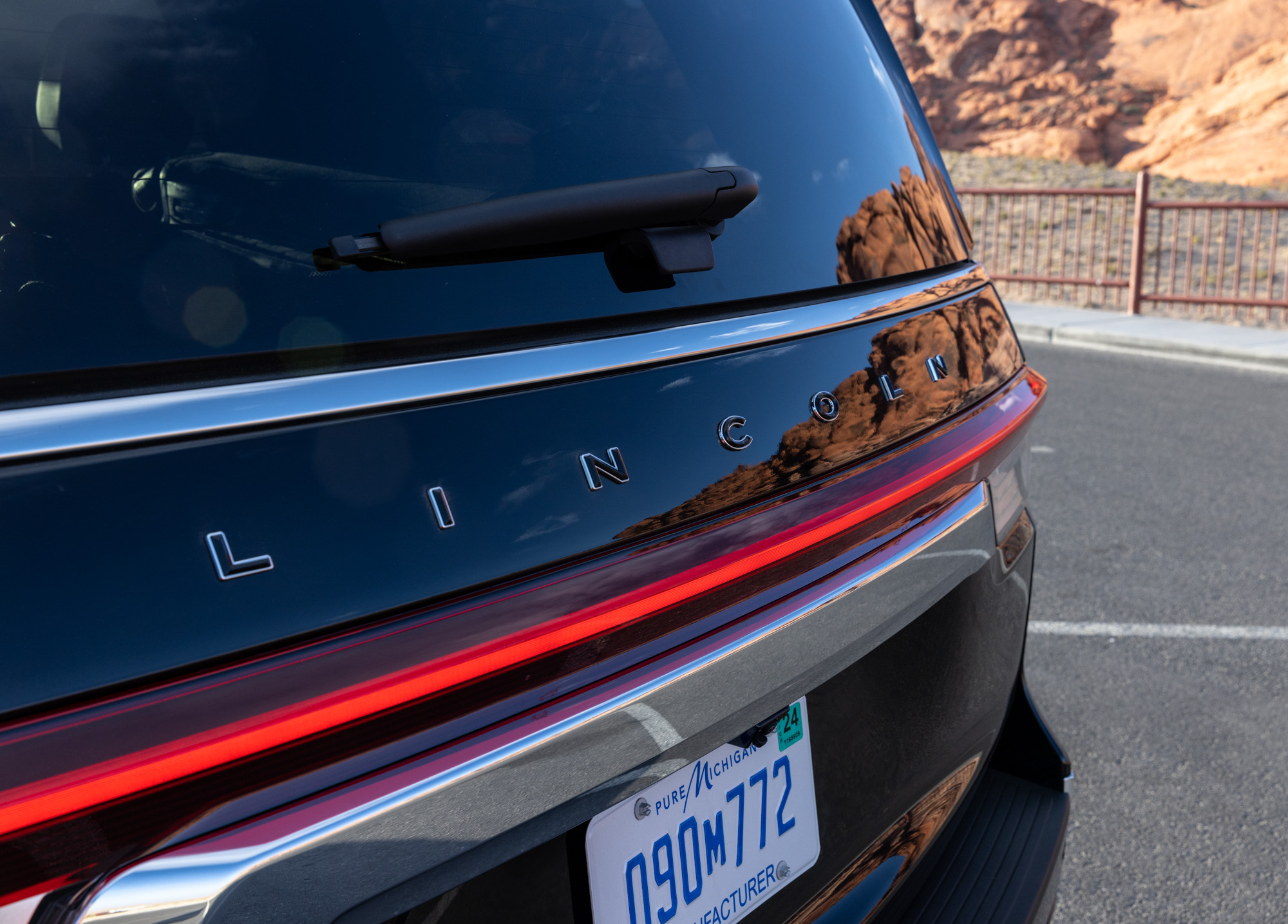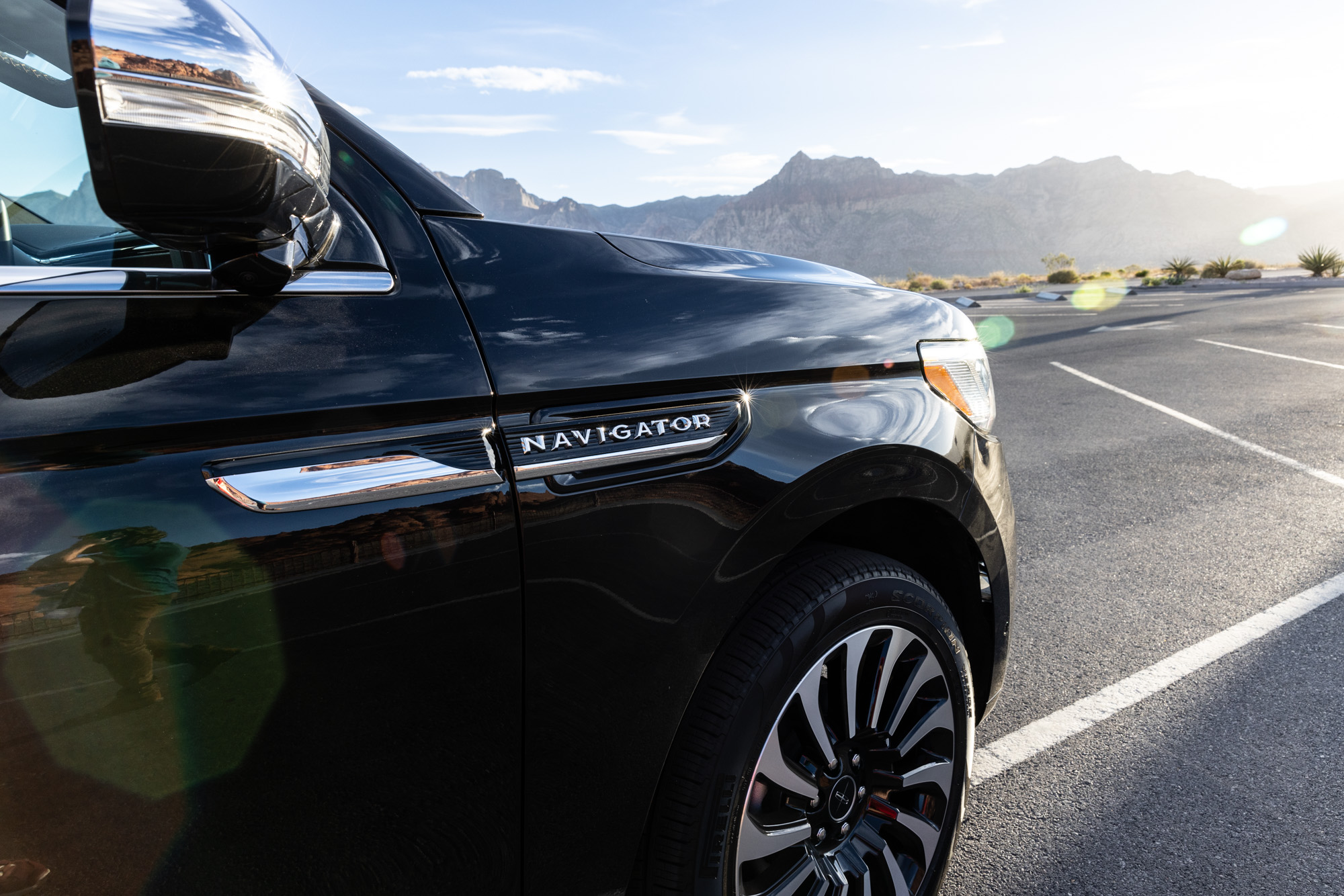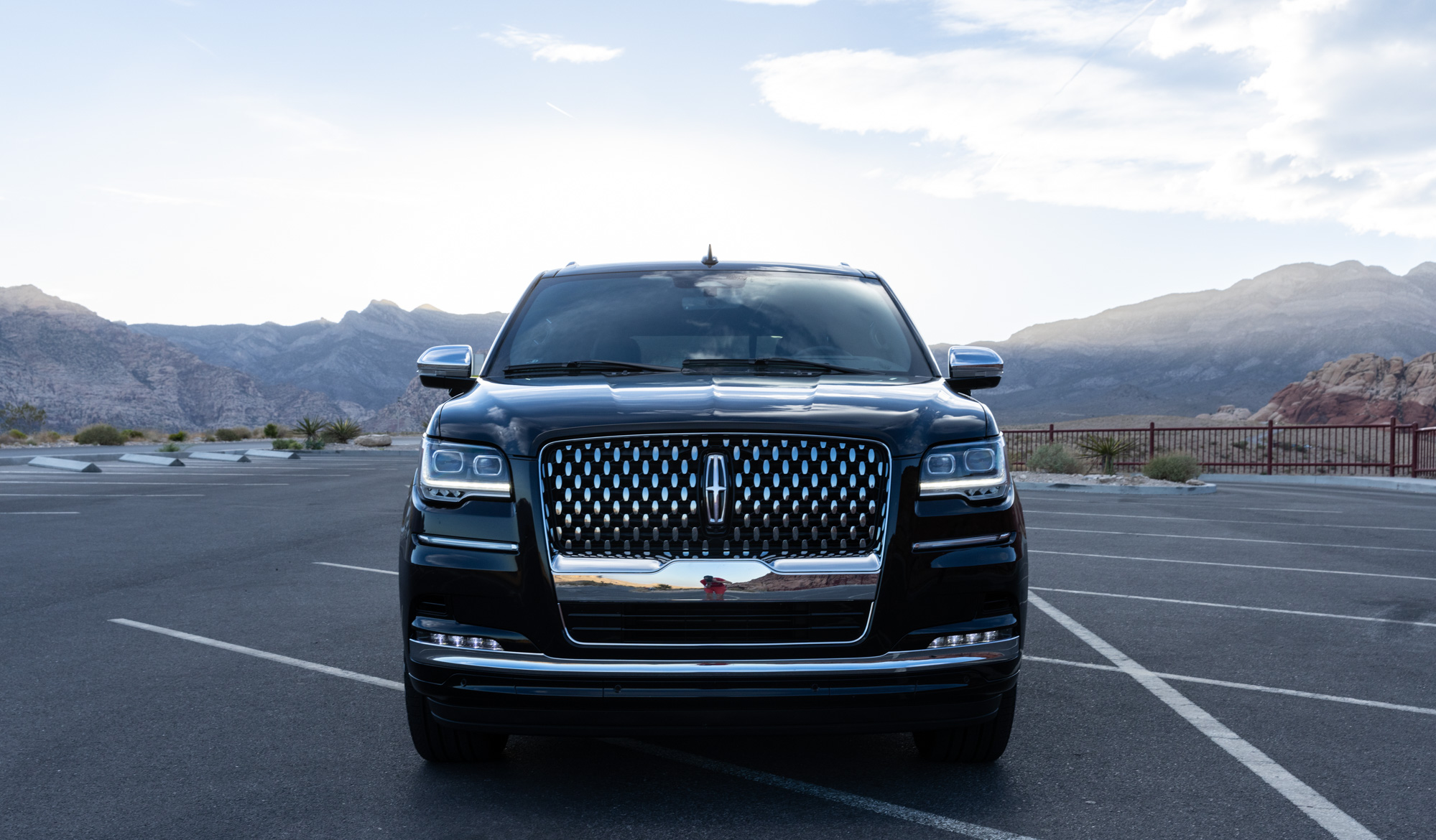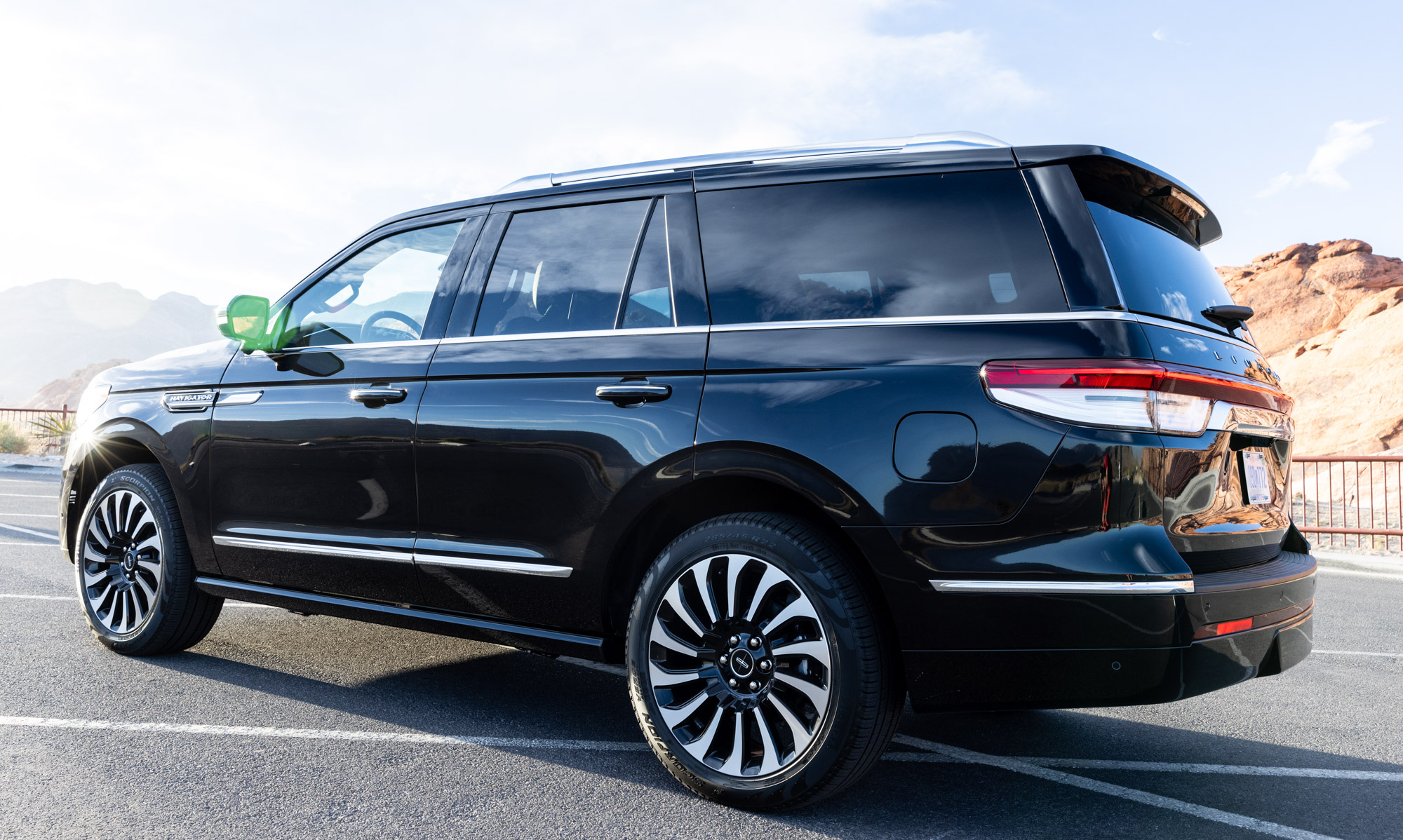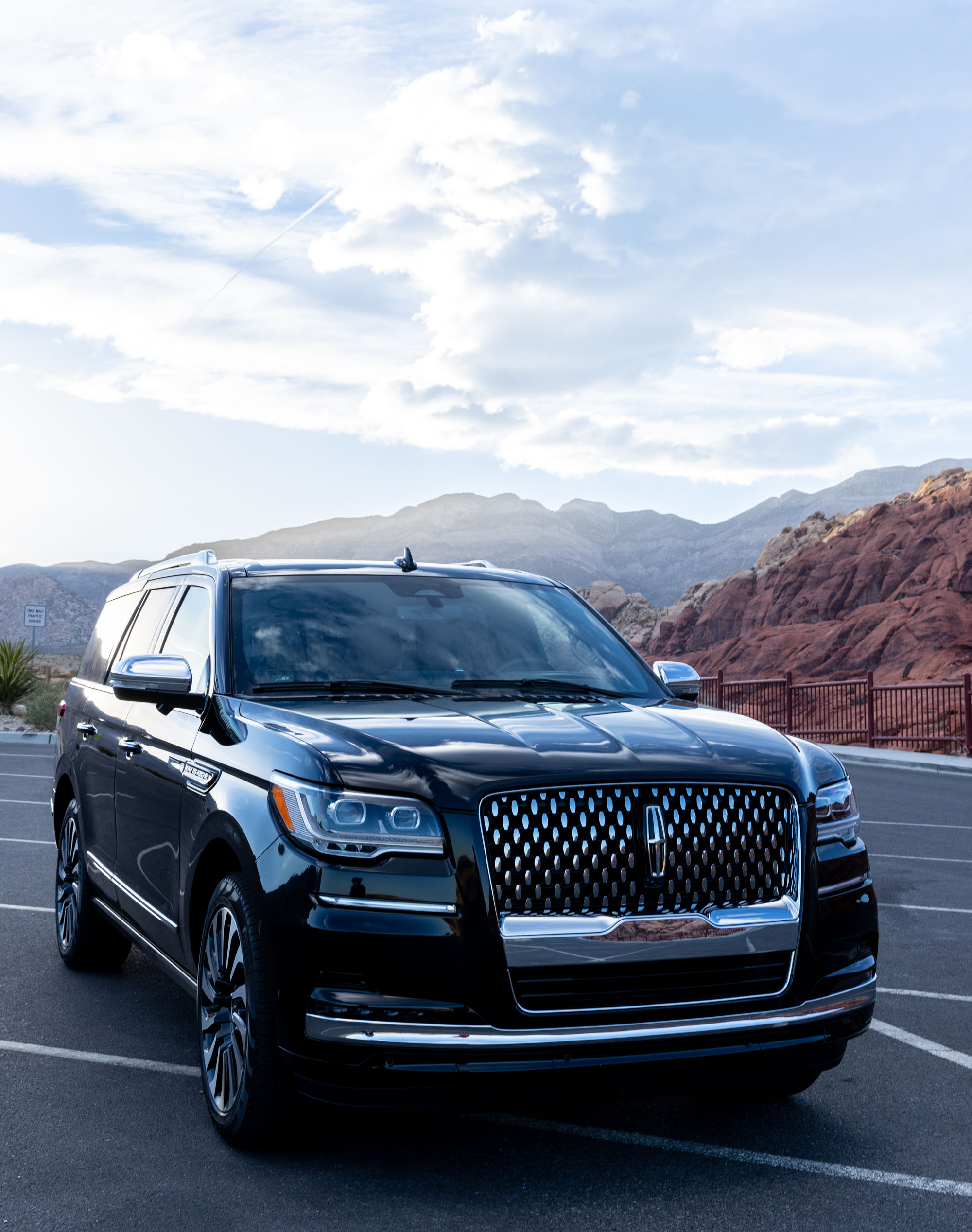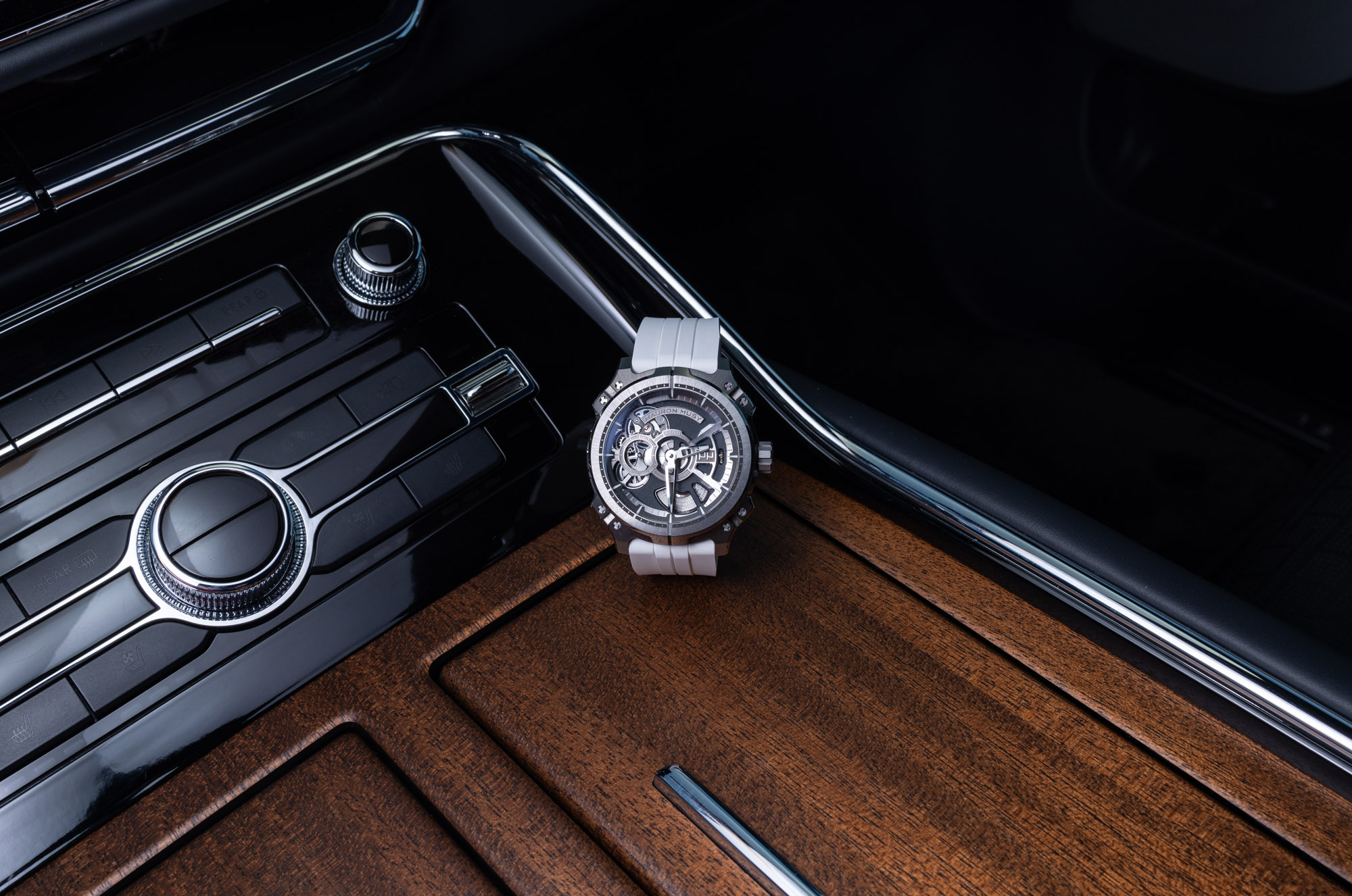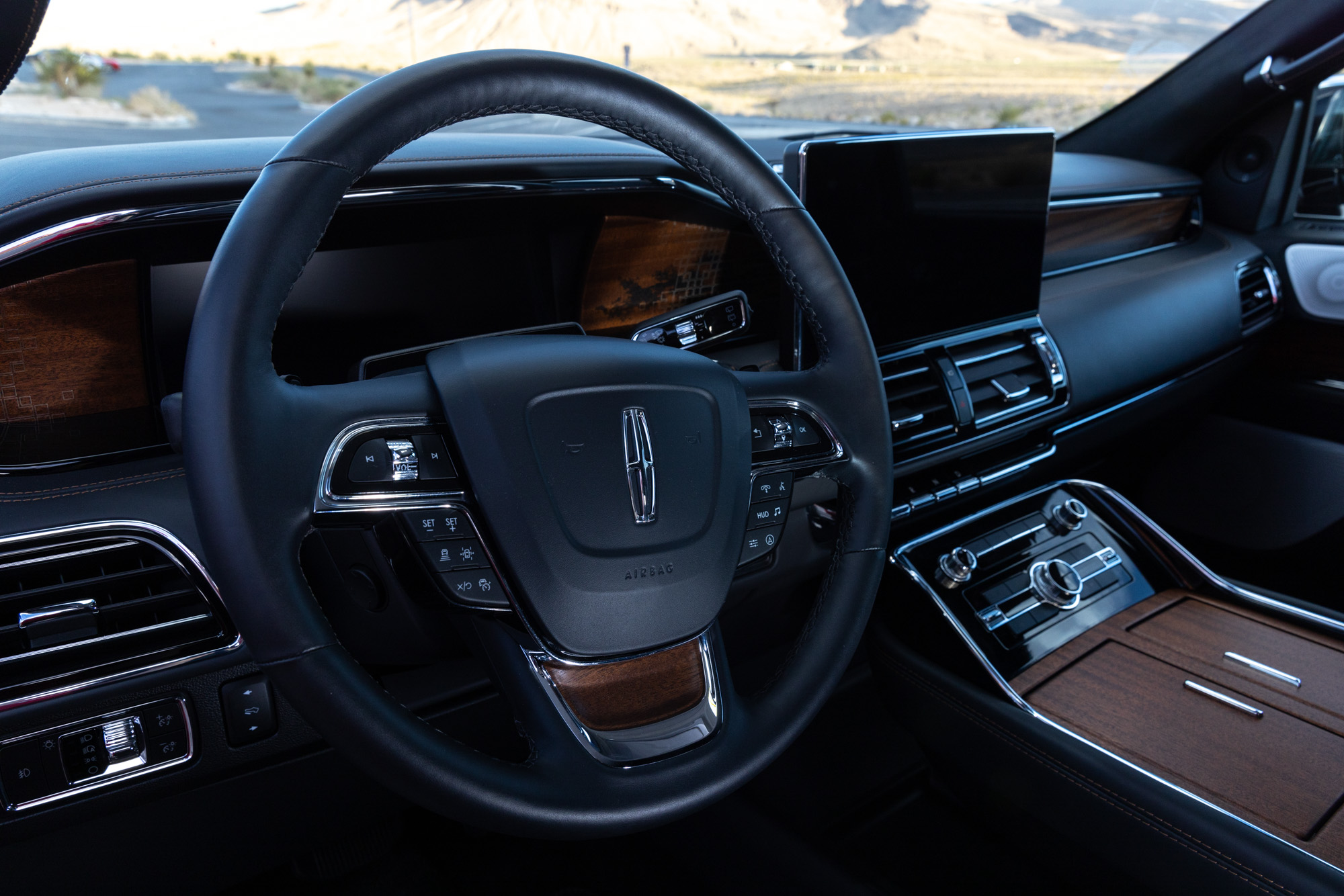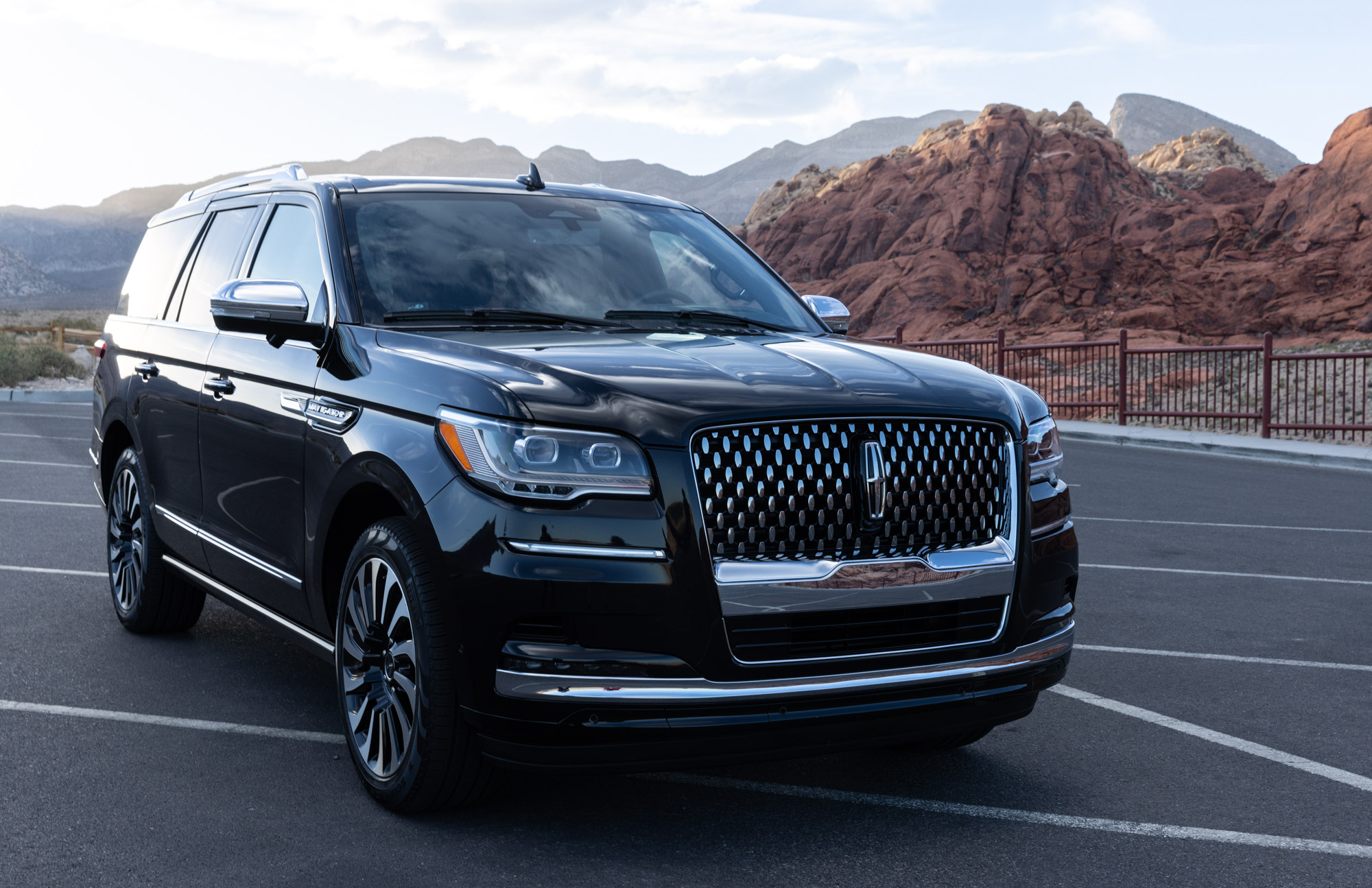
For 2022, the Couture show in Las Vegas has more or less returned to normal, including taking place in early June, as well as hosting a robust selection of guests from all over the world. In 2021, Couture did hold an event in August in Las Vegas (which was mainly for American guests, as pandemic-related travel restrictions made it very challenging for international guests to show up). At the time, I spent most of my recap article discussing the sentiment and then-activity of American watch retailers. Now less than one year later, with pandemic restrictions mostly lifted, I will once again discuss the state of the American wristwatch market and what timepiece retailers are currently up to. First, let’s talk a little bit about traveling to Las Vegas and how we got there. This article will also be segmented into two parts, the first part being written by me (a Couture veteran), and the second by aBlogtoWatch’s Sean Lorentzen, who attended Couture for the first time this year.
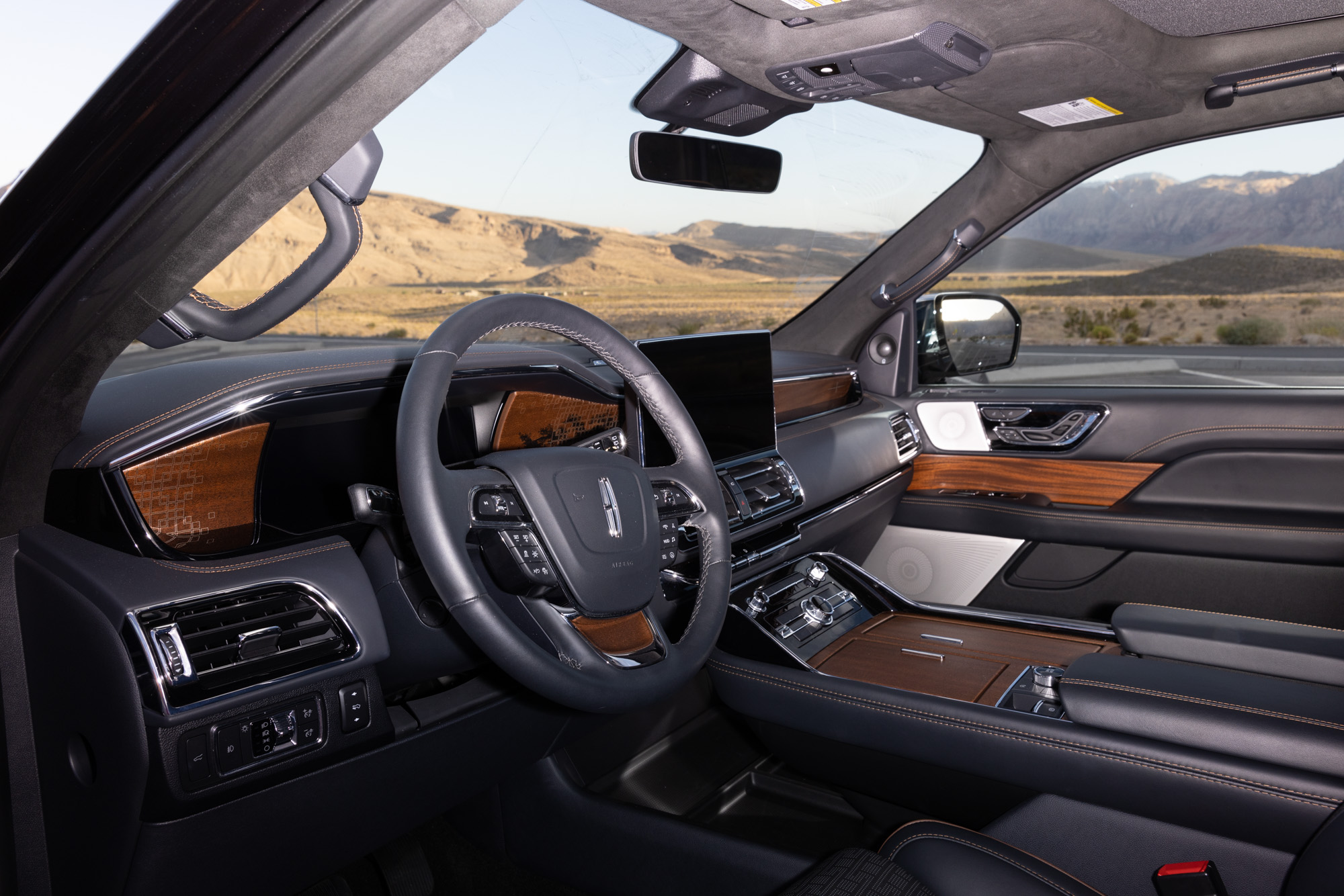
Much of the aBlogtoWatch team traveled to Las Vegas from Los Angeles. We drove in a brand new Lincoln Navigator Black Label vehicle that the American motor company provided to us. The last time we traveled to Las Vegas, Lincoln loaned us one of its Aviator automobiles, and this time, we opted for an even larger and more distinctive vehicle: the legendary Navigator. For those living outside of the U.S., the Lincoln Navigator is one of a small assortment of domestic luxury trucks designed to move people and, if necessary, tow a trailer. Unlike many other luxury SUVs, the Navigator is not a tall car but rather a legitimate truck in terms of power, suspension, and performance. It is designed to offer lots of space and comfortable accommodations for long-range trips and cargo-carrying adventures. In many ways, vehicles like the Lincoln Navigator are like limousines with added utility and off-road performance. This Black Label version of the Navigator also comes with Lincoln’s most sophisticated comfort and entertainment packages, which include incredibly customizable seats as well as an array of screens for the rear-seat passengers.

Outside of the U.S., vehicles like the Navigator don’t often make much sense, mainly due to their size and fuel consumption. That’s not a dig on the Navigator but rather a realistic statement about where a vehicle of this status and size can be enjoyed. This is a car made for the long, open roads of America and the bounty of [historically] low energy prices and wide-open spaces. Vehicles as large as the Navigator would not even fit on many roads in Europe, let alone in parking spaces. In a way, that makes the Navigator an exotic treat for those living in places where a “truck-size” lifestyle can be enjoyed.
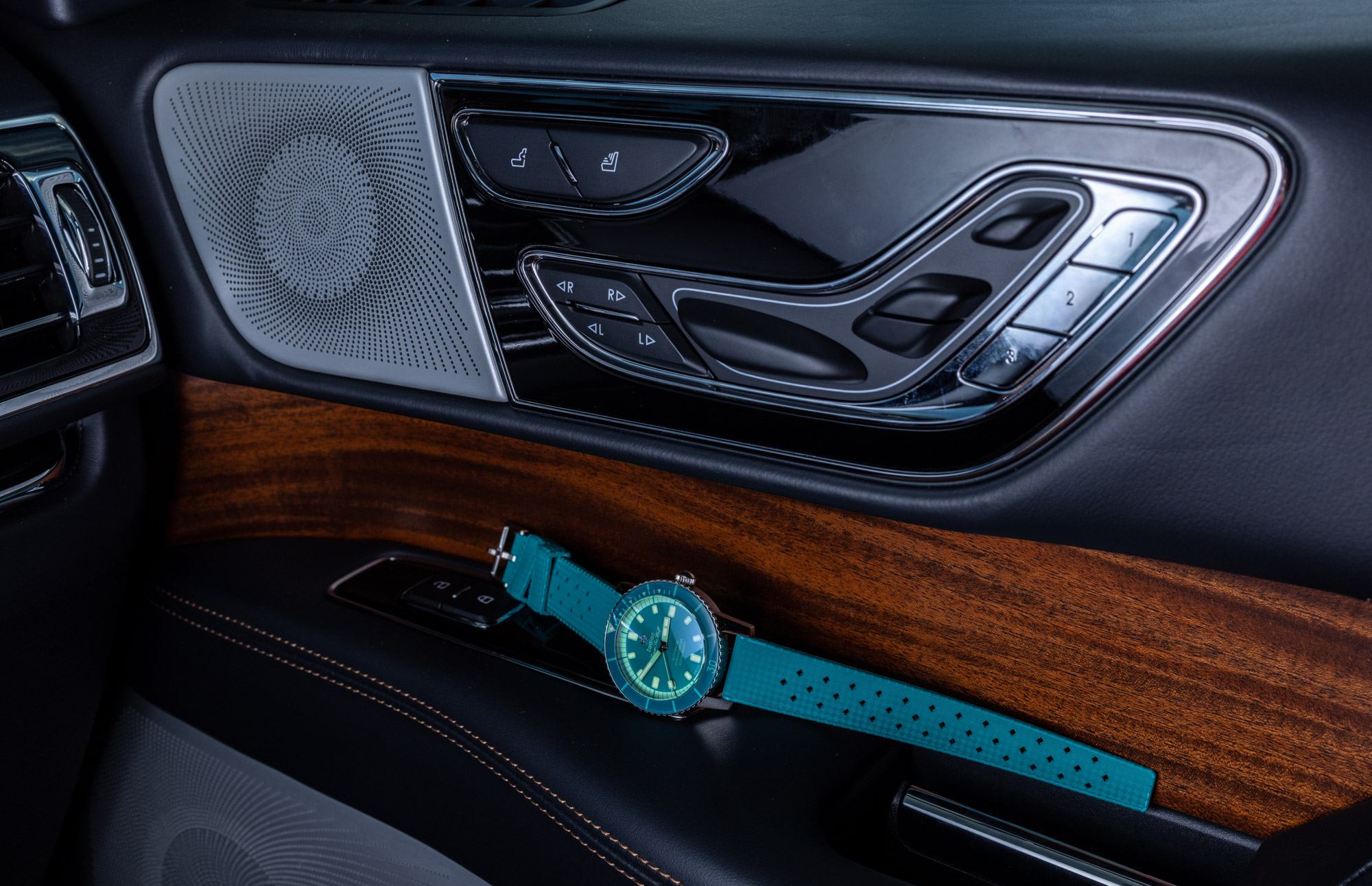
The Lincoln Navigator is one of the best moving armchairs money can buy. This is an apt way of describing the philosophy behind vehicles like this because, while the Navigator does many things well, it is not designed to handle or drive like a sports car. Rather, automobiles like the Navigator are designed to keep the driver and passengers in comfort while driving (in mostly straight lines) for long distances. The technology Lincoln employs to help the driver handle such a large and weighty vehicle is impressive. My one issue with driving the Navigator is how long it takes to stop while braking, but that is really related to the fact that this is a very heavy vehicle, and Bentley-sized brake rotors would be too exotic an option for this price point. Otherwise, the car’s suspension and transmission offer about as good an experience as you could hope for while making this long, heavy, and tall automobile as nimble and fun to drive as possible.
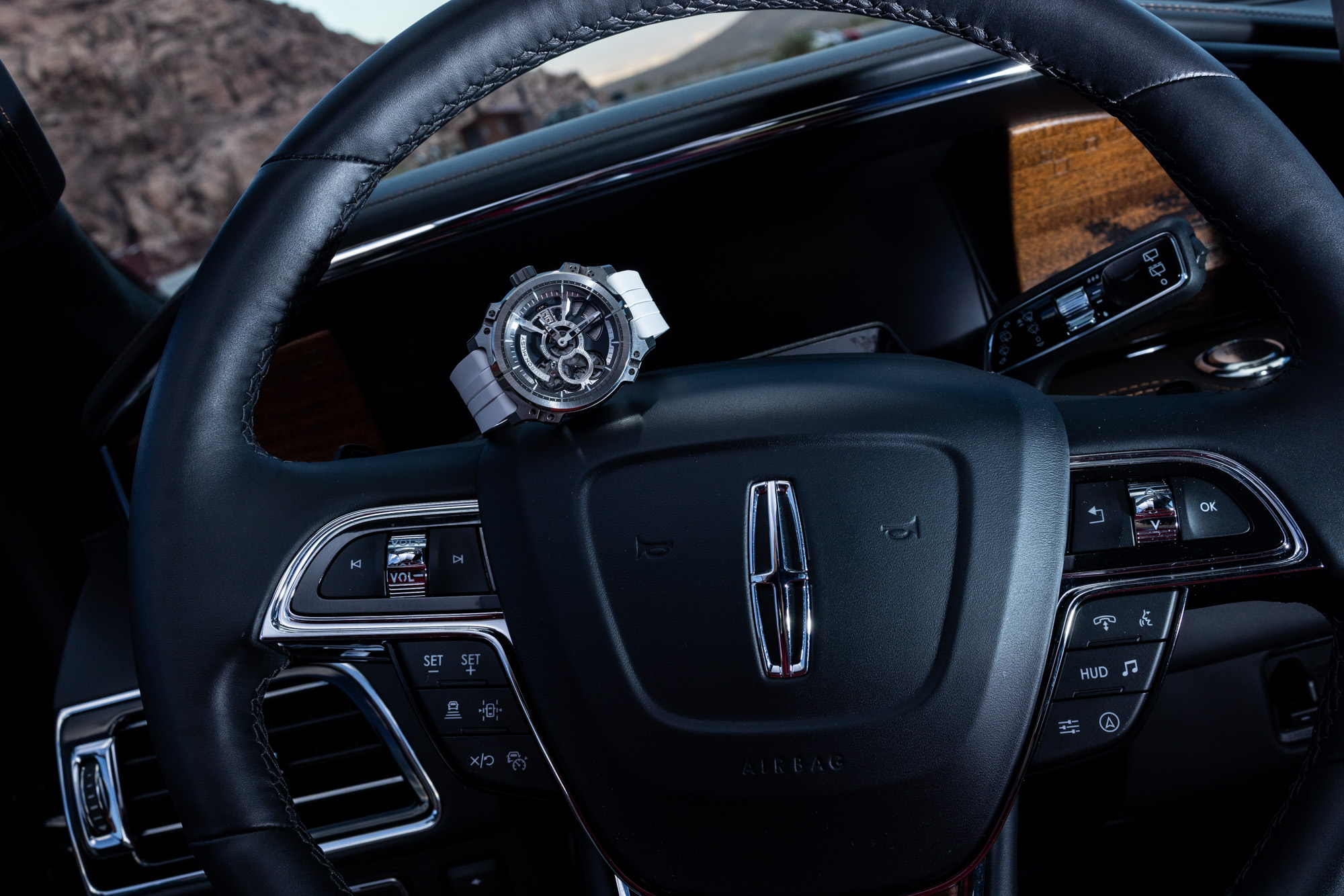
When I talk comfort, I mean exactly that. From the seats to sound isolation, being inside the Lincoln Navigator is a very pleasant experience. Interior cabin design and appointments are far and away better than American luxury cars of the past, and the overall attention to detail and ergonomics is impressive. I loved how the car politely reminded me to put both of my hands on the steering wheel when the road was bumpier, and how it recommended that I stay in my lane if it felt I was veering too much to the side. Lincoln did a nice job of displaying information like this in a way that feels helpful versus annoying. Even though the Navigator is not an all-purpose vehicle, given its size, if you need to drive it on a daily basis, Lincoln makes that experience far better than when operating most trucks of this size. As someone formerly in automotive reporting, Sean will spend a bit more time talking about the Lincoln Navigator below. Now, let us get back to the Las Vegas Wynn hotel and the halls of Couture 2022.
From a wristwatch industry perspective, the dual Las Vegas shows (Couture and JCK) are rebounding as venues to host watch brands. Right now, Couture is squarely winning. A few years ago JCK was host to most of the watch brands that displayed in Las Vegas, but that changed a few years ago as the watch industry reevaluated how to best take advantage of such shows and events. For a while the industry spoke often of the “death of tradeshows,” and then the pandemic happened. Ironically, the industry rapidly reversed its sentiment about tradeshows once they were no longer able to attend them. While the watch industry is still trying to figure out what a successful trade show for them is really all about, there is a clear and prolific desire from brands and their employees to attend such shows. This was plainly obvious at Couture 2022, which saw a huge rebound in attendance and officially hosted just under 20 watch brands at this year’s event.
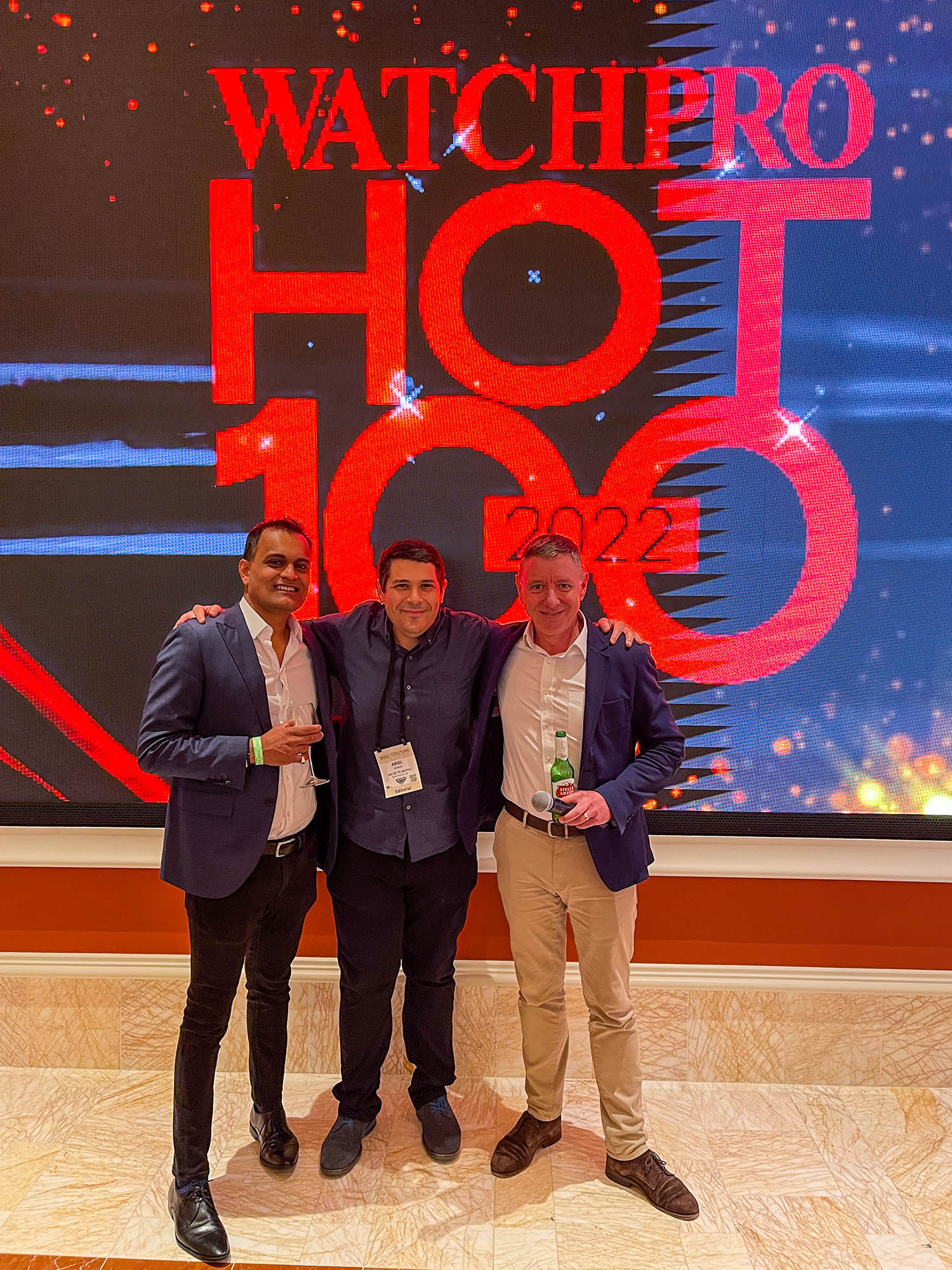
Also at Couture 2022 was WatchPro magazine, which is increasingly trying to make a B2B play in the watch industry here, debuting its Top 100 Americans in the watch industry, which, flatteringly, included me, Ariel Adams. eBay once again came out in full force with probably two dozen members of its team who work on the wristwatches and jewelry side of the business. eBay also launched a new authentication program for jewelry, which is an interesting follow-up from the Authentication Guarantee and Expert Verification programs launched last year for wristwatches. What I am seeing overall is a few key players investing in digital wristwatch distribution services aiming to serve both watch retailers and watch brands who want to not only reach customers online but also offer them security and convenience. The good news is that as luxury brands become increasingly comfortable with allowing their retailers to sell products directly online, a fresh eco-system of services and support aimed at assisting these enterprising sales entities are starting to show up in larger volumes in the marketplace.
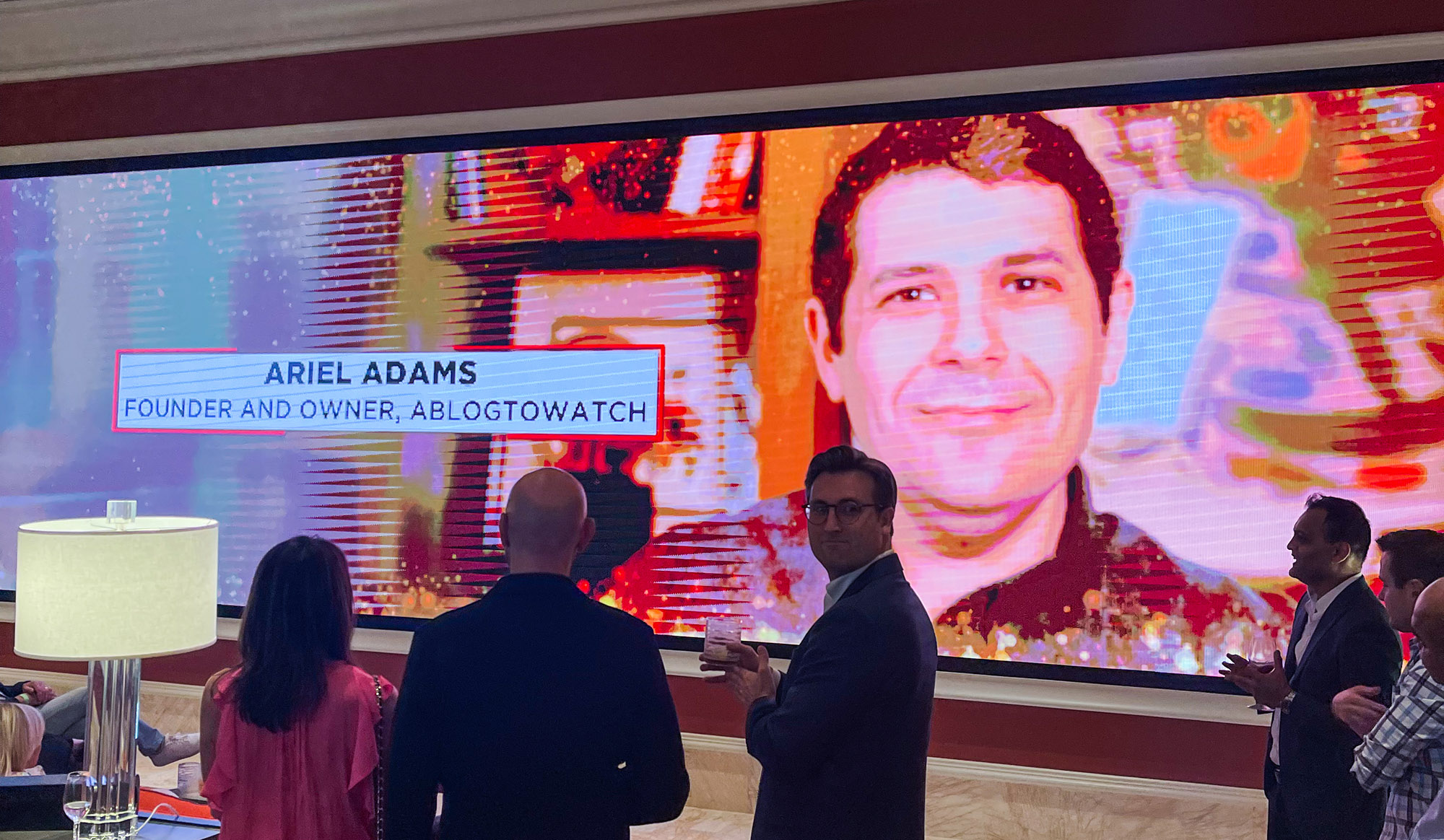
So what are retailers thinking? That’s a complicated question because, as in 2021, their emotions are pulled in different directions. On the one hand, demand for wristwatches by consumers has been more or less excellent over the last 24 months. Unfulfilled demand for Rolex watches has spilled over into sales for a lot of rival companies that have never seen as much success. Pandemic-related supply chain issues continue to limit production, and that has translated into a lot of actual exclusivity and rarity, further prompting consumers to buy now versus later. As measured from a lot of angles, now is a good time to invest in your company if your business is selling watches in America.

On the other hand, watch retailers and many of the larger name brands are not aligned when it comes to their vision of the future. Watch retailers live in perpetual fear that the brands they carry will either open up a monobrand boutique just down the street; and/or that the brand will pull the account and not let the retailer sell anymore. This is a serious problem, and it has translated into a lot of business loss both for the big brands and retailers. The brands are seeking to control distribution more while at the same time selling products directly to consumers – bypassing the ability of retailers to profit through a margin. Retailers, on the other hand, want to keep margins high so that they can keep the focus on selling the brand while investing in market building and advertising. They also want assurances that their investments will be protected and that brands will not sever ties with them for reasons most directly related to monetary greed. The point is that a healthy eco-system where watch brands and retailers “know their place” does not currently exist. A “new normal” between these entities may develop over time, but for now there is still too much disruptive behavior in the area of sales and distribution that retailers remain spooked in large part when it comes to growing with major brands or investing in them at all.
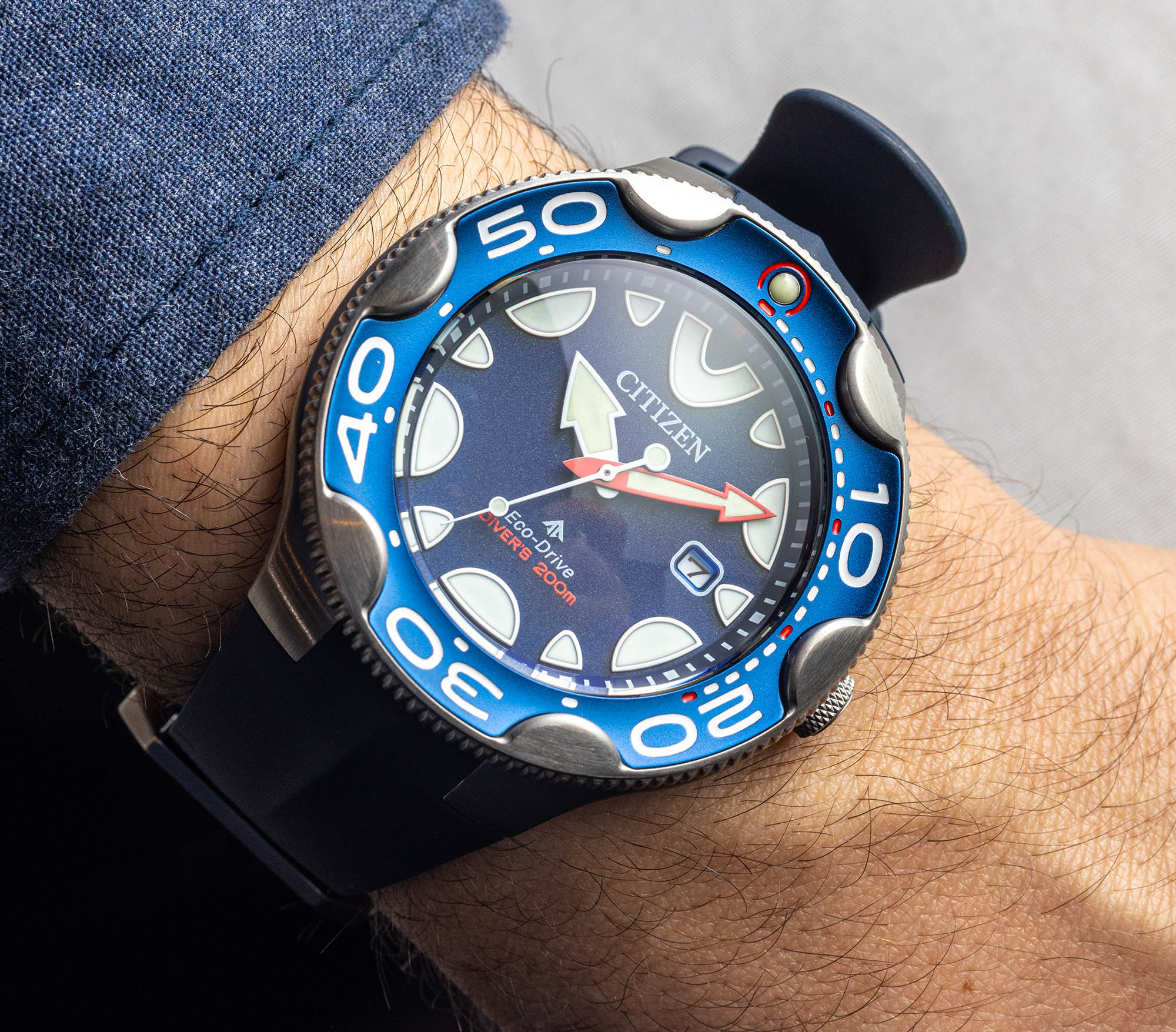
The solution has been for many watch retailers to simply shift focus away from the larger, often corporate, watch brands, and to focus instead on smaller or new companies in the space. I would not suggest that this is a complete solution because the same issues could theoretically happen with any brand provided they get egotistical enough. What is true is that the smaller brands “need” the retailers much more and are thus far less inclined to disrupt an otherwise mutually beneficial sales and/or distribution relationship with a strong retailer. In other words, American watch retailers have lost a lot of power (often through no fault of their own) with mostly European major luxury brands and are seeking to align with product makers who are more likely to approach such relationships with more generosity and respect. That’s not ego talking, but rather the reality that running a retail business in America is expensive and challenging, and the last thing most of those businesses need is uncertainty when it comes to the relationship with the companies that produce the products they sell.
The above sentiment I described is a boom-time for smaller watchmakers who are seeing lavish levels of interest from an expansive assortment of American watch retailers that want to grow with them. Brands still need to impress retailers with superlative products and customer service, but they are having far more productive conversations with American retailers, as was the case a few years ago. For this to continue, watch retailers need to remain at odds with many of the corporate watch brands, and at the same time, Rolex watch demand needs to continue to be unfulfilled, pushing consumers into products made by other luxury watchmakers. The future in the American watch market (the world’s largest market for wristwatches) is optimistic for many watch brands, provided they listen carefully and are responsive to what their sales partners in America recommend and suggest.
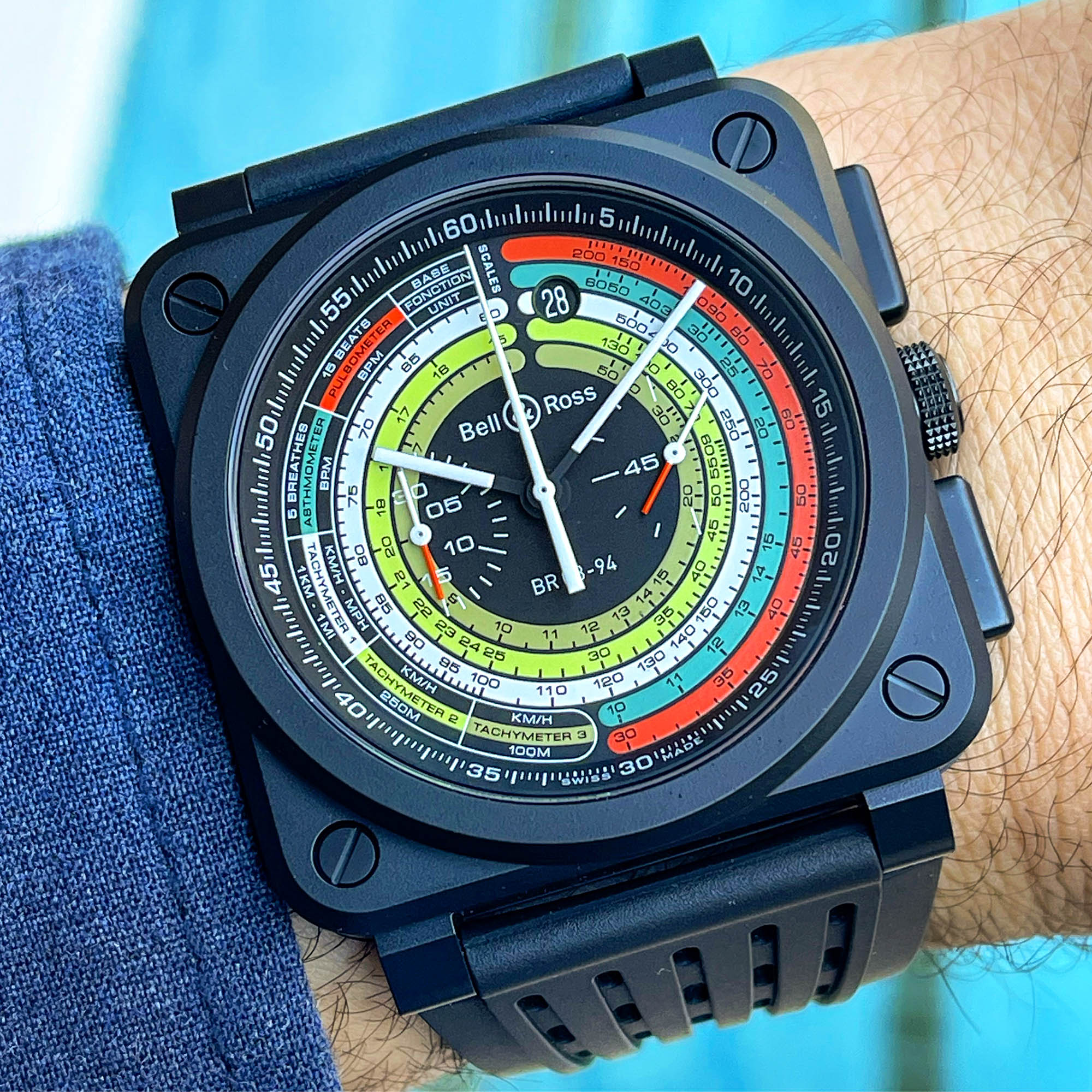
What about new products? Couture is a trade show, but less about the debut of brand new watches. In fact, most of the new watches the aBlogtoWatch team saw at Couture 2022 are models we cannot discuss until a bit later in the year. Many of the new products are as exciting as they are marketable, with an emphasis on excellent values and market-friendly designs. Brands are still too heavily focused on establishing new and stable forms of sales and distribution in the United States to be spending too much time creating new products for this market. That said, what I have seen is exciting, and I also like that brands are focused both on trendy vintage-inspired watches, as well as (once again) futuristic or contemporary aesthetics which push design language forward.
Now let’s hear from aBlogtoWatch’s Sean Lorentzen, who attended Couture for the first time and has more to report about the watches… and the Lincoln.
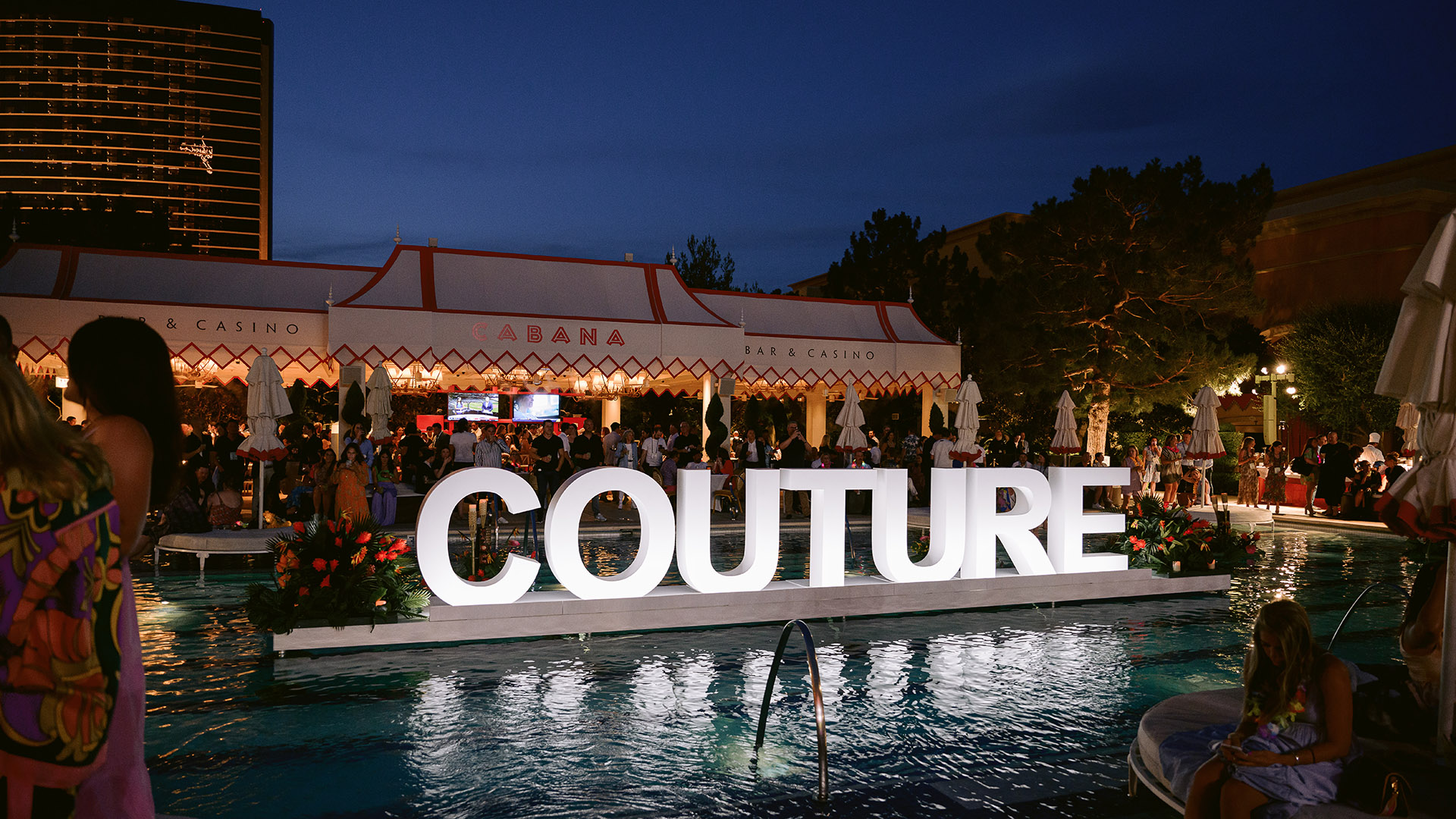
Sean Lorentzen, Senior Editor
I arrived at Couture 2022 with an admittedly unusual perspective. Despite being part of the aBlogtoWatch team since late 2019 (as well as serving the watch industry with other media outlets and as a public relations professional for several more years prior), this was my first time traveling to a full-scale watch industry trade show, and the experience both confirmed and challenged my expectations. In the aftermath of a global pandemic and in the midst of a ponderous pivot towards online, direct-to-consumer sales for many brands, this is still an industry of relationships. In-person meetings and the personal connections between representatives of different facets of the industry (media, manufacturers, and retailers) can hold as much or even more power than the faceless top-down corporate decision here, and seeing the connections I’ve made over the years fully in their element at a trade show environment was both very informative and genuinely heartening.
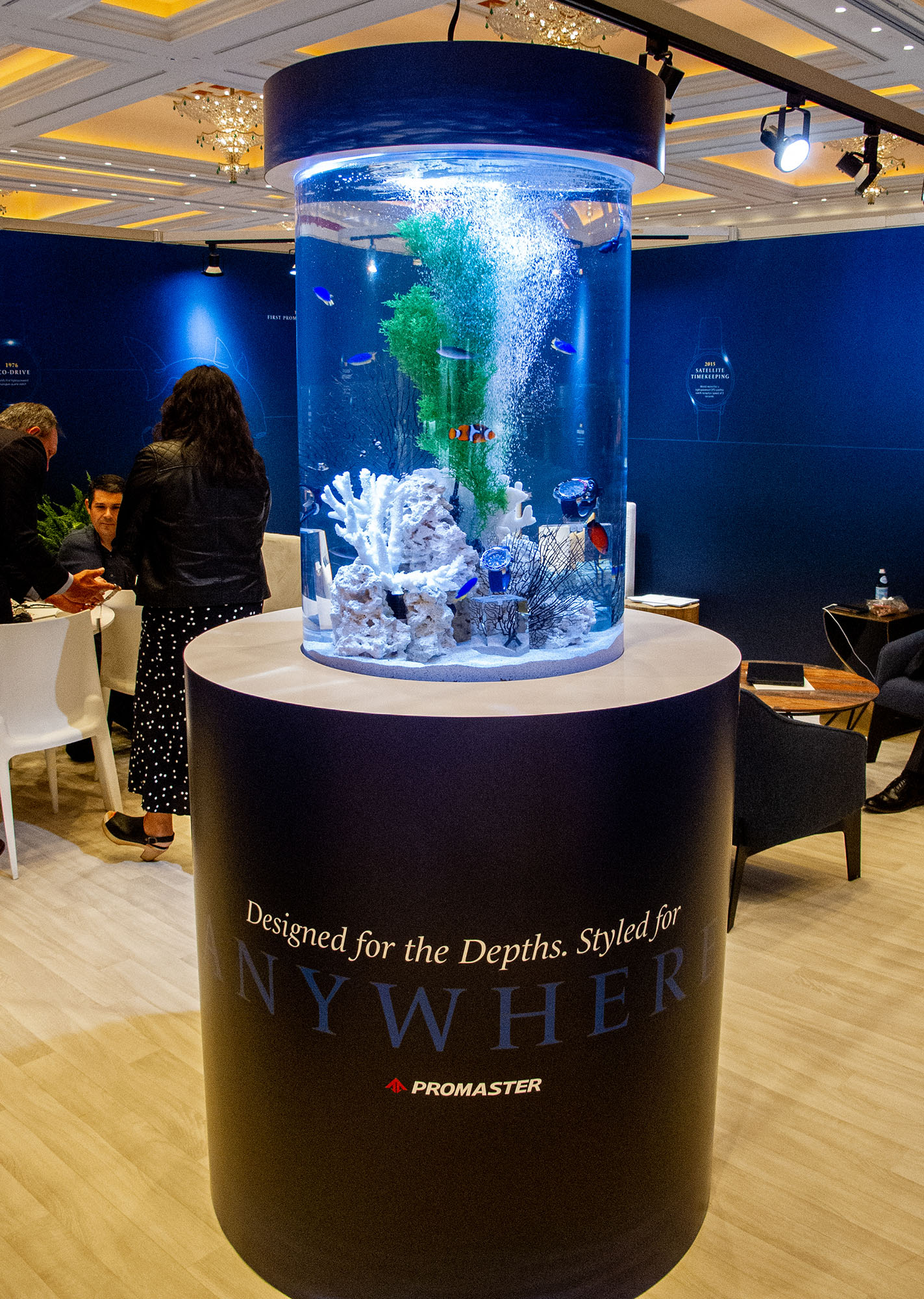
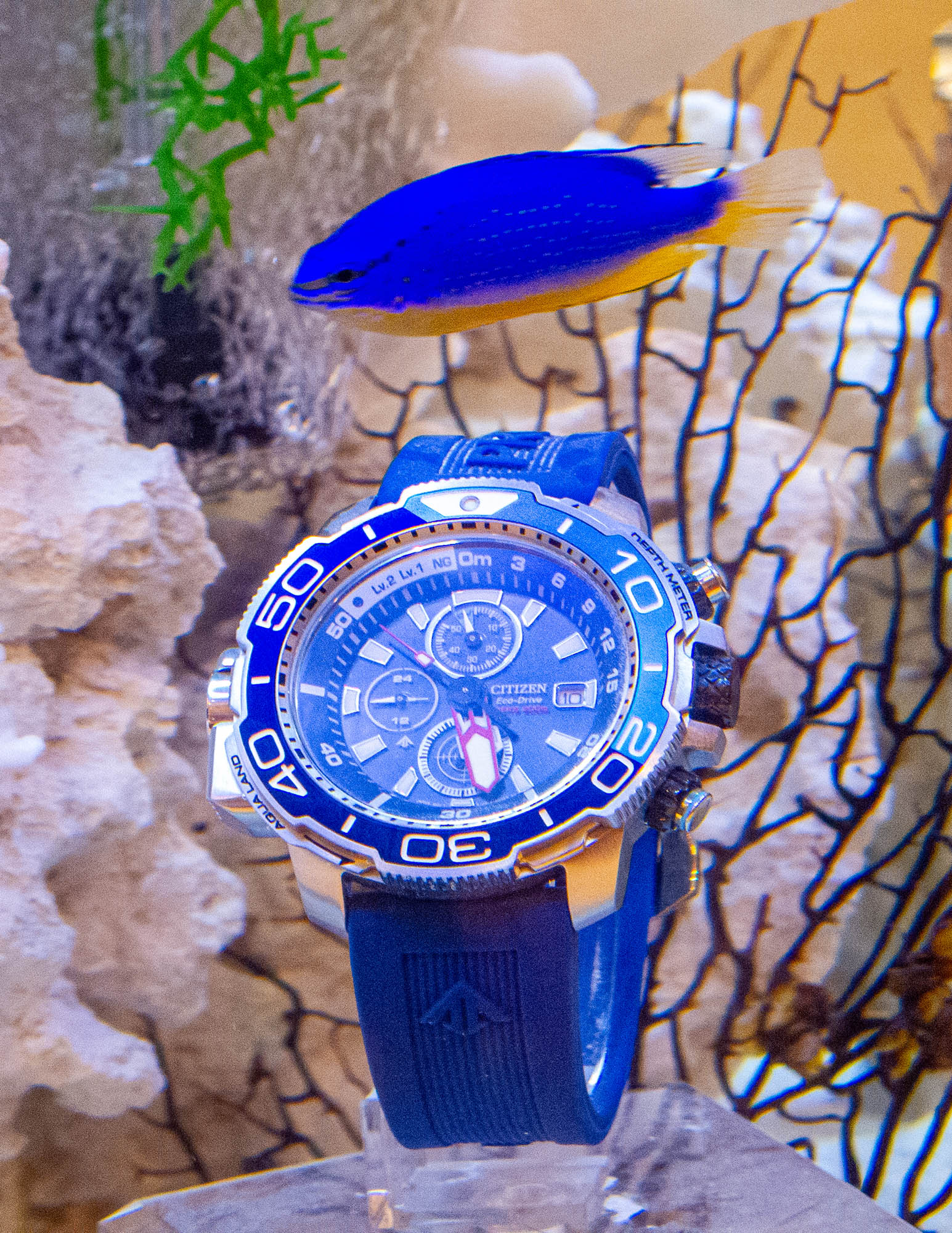
The overall mood at the event was decidedly optimistic; even with chatter surrounding potential economic changes on the horizon, this is undoubtedly a boom time for much of the industry, and as many brands shake off the conservative thought patterns of 2020 and 2021, watch designs are moving toward a bolder, more adventurous future. This is a shift that won’t happen overnight, as the realities of design and manufacturing make this change in decision-making a delayed-reaction effect, but glimmers of this new optimism in design were beginning to shine through at the event. Given the number of embargoes surrounding most of the watches at the event, it’s difficult to go into too much detail, but suffice it to say there are several brands making massive strides towards bolder enthusiast-driven products. While vintage-focused design remains a cornerstone of the industry, for now, there was a real emphasis at Couture 2022 on more complex in-house movements, unique new materials and complications, and a generally more colorful, diverse future for watchmaking in the medium term.
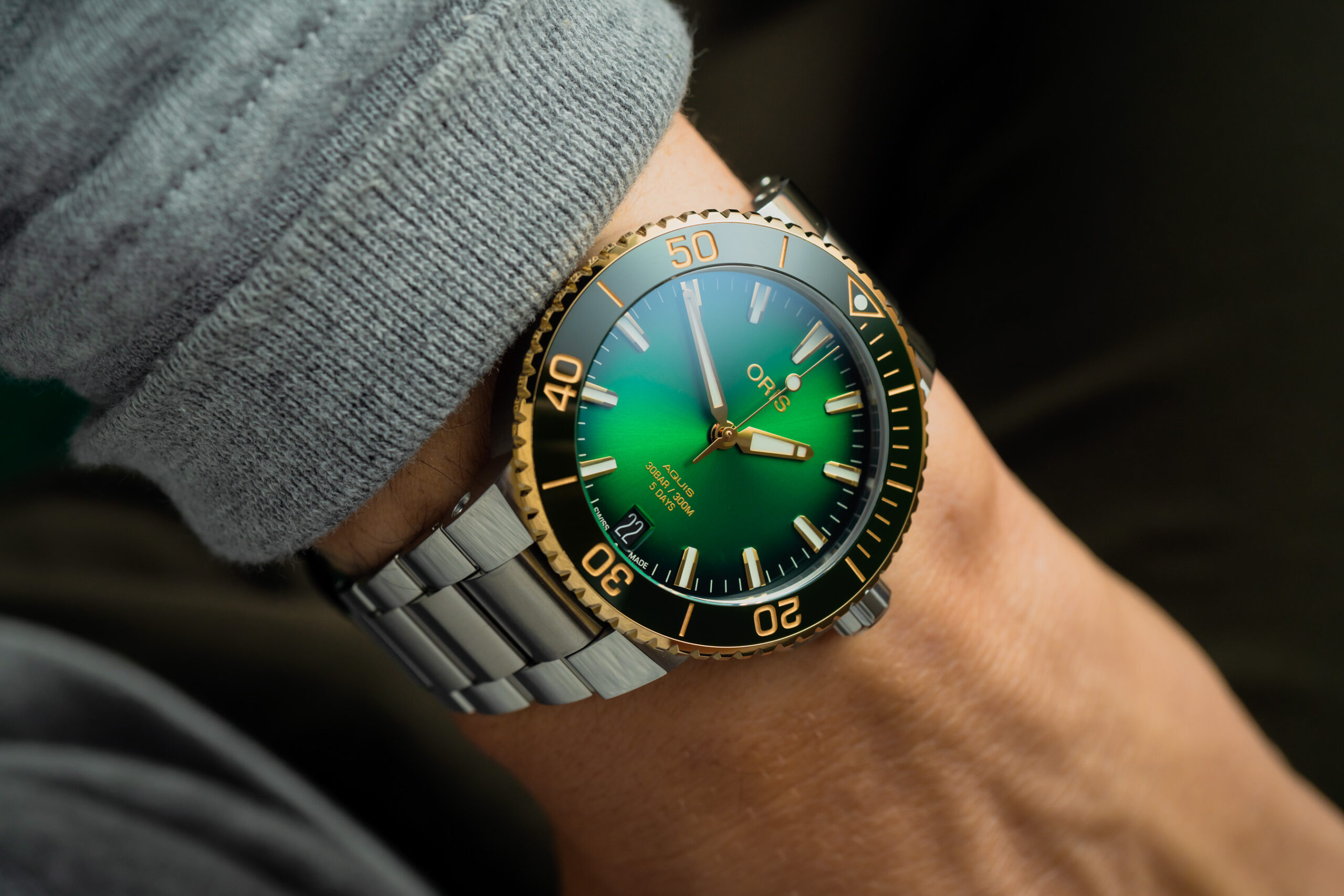
That said, much of the industry outlook at the event hinted at a shifting target for brands looking to capture enthusiast business. As Ariel mentioned earlier, unfulfilled demand for Rolex has spilled over to a wide variety of other luxury brands, creating opportunities for new voices and longtime rivals alike to become enthusiast darlings. Signs also point to a potential shift in enthusiast buying habits as economic inflation continues, while enthusiasm and demand for watches don’t appear likely to shift, especially among luxury buyers, and economic forces may drive some buyers to new price brackets. The traditional “mainstream luxury” price bracket of $5,000 to $10,000 may see some buyers move towards the $1,000 to $5,000 range as enthusiasts’ watch budgets adjust for some time, which once again opens up new avenues for brands able to read the changing winds and make the most of the situation.
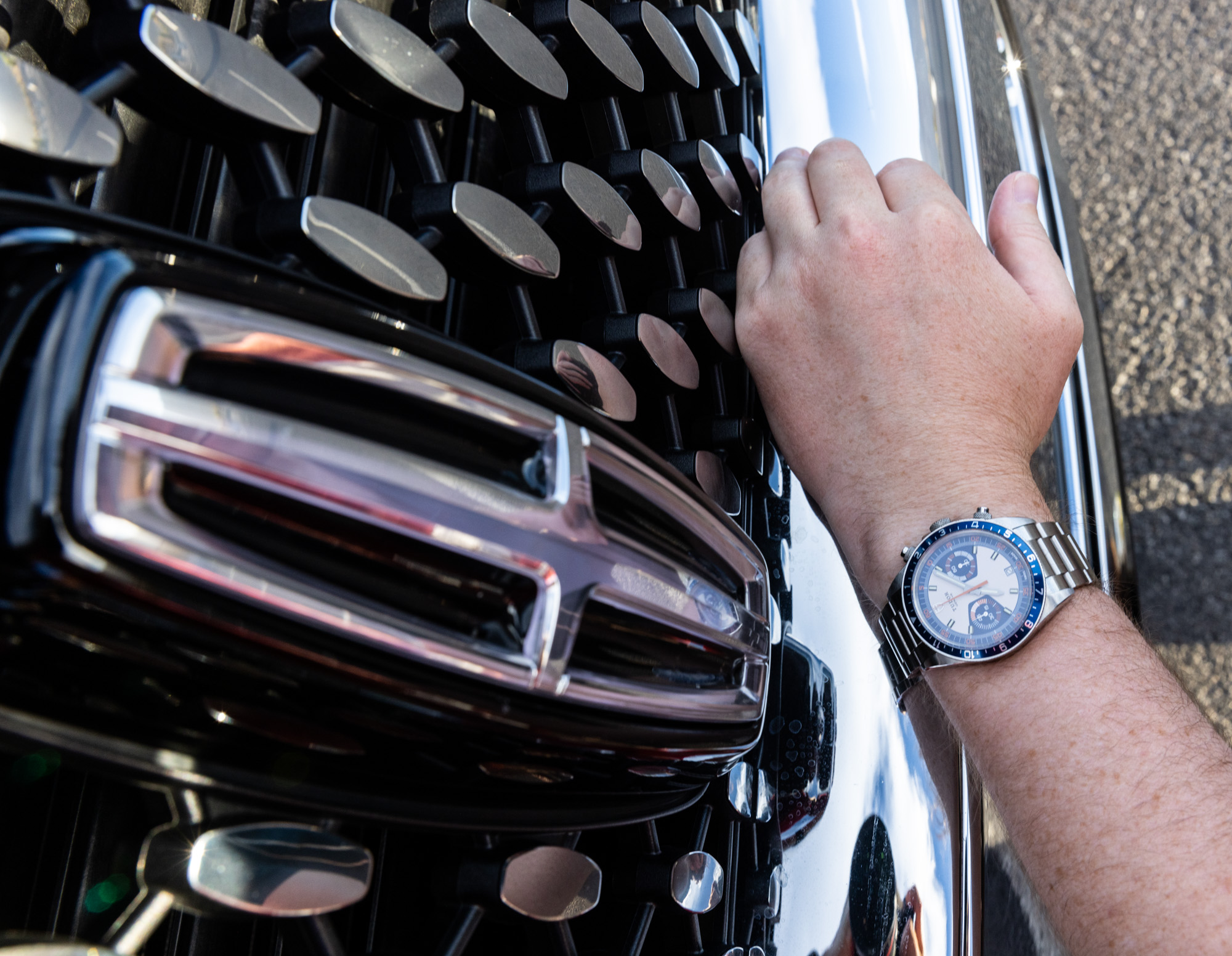
As for the Lincoln Navigator, Ariel and I once again come to this SUV from different perspectives. I’m a lifelong American car enthusiast, spent much of my childhood in the back seat of a 2001 Lincoln Navigator, and published one of my first-ever professional articles on the driving experience of a classic 1963 Lincoln Continental, so I have a solid familiarity with both the brand and the Navigator series. This particular 2022 Lincoln Navigator 4×4 Black Label is a refreshing return to form for the Lincoln brand — a plush, unapologetically American approach to luxury, with miles of interior space, ventilated captain’s chairs featuring a firm and complex 30-way massage system, and a handsomely masculine interior mix of chrome trim, supple black leather, and handsomely matte, heavily grained wood.
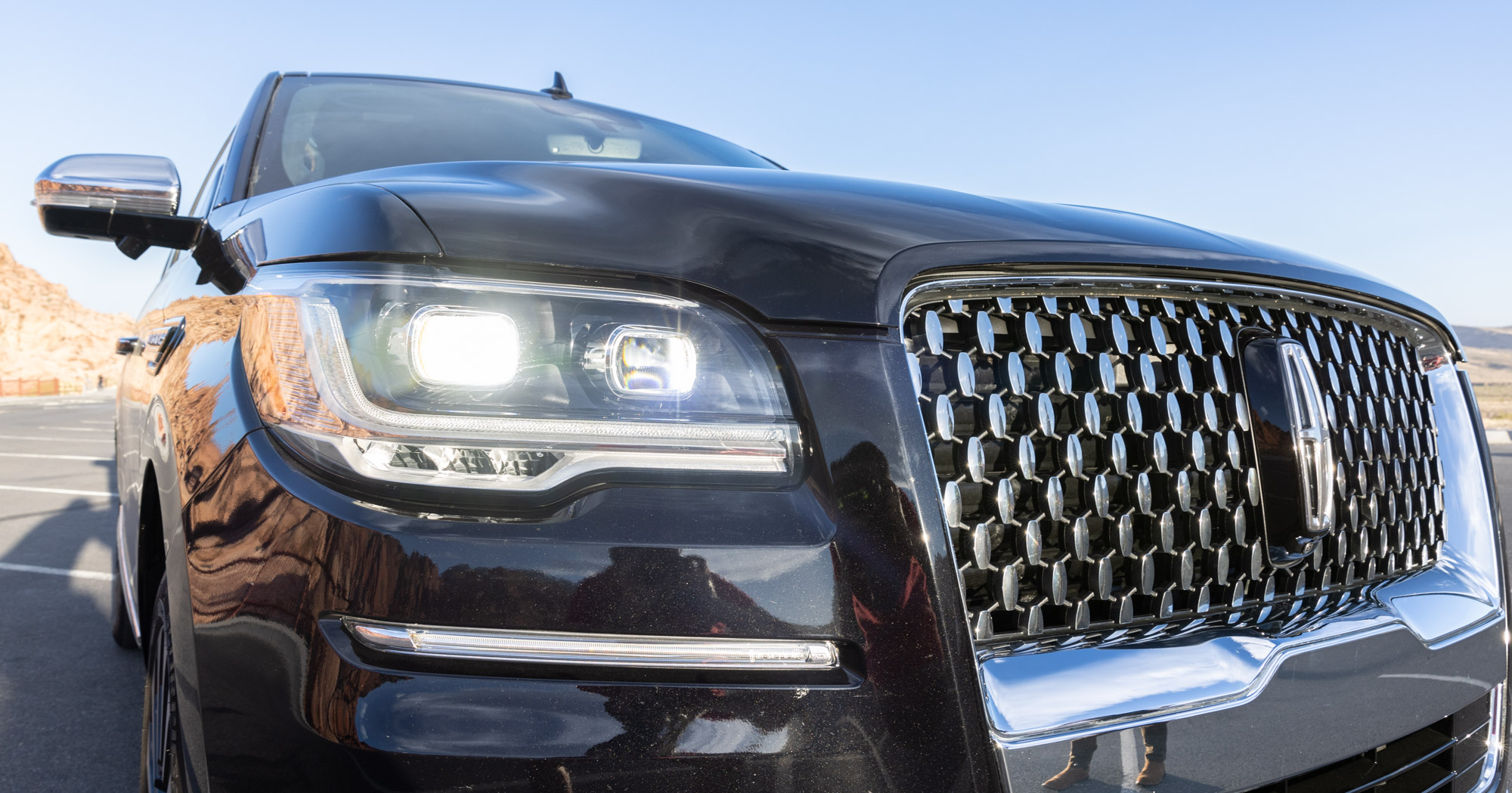
Nothing about this experience, from the interior to the body and the driving experience, is trying to ape Mercedes-Benz or Lexus, nor is it aimed at creating a sports car out of a three-row full-size luxury SUV. At 17’6” long, 6’8” wide, and 6’4” high, there’s no disguising the bulk of the Navigator, and Lincoln makes no effort to reframe this shape as something sinuous. Instead, Lincoln celebrates this size as a component of luxury, with imposing, simple lines and details that demand attention without coming off as ostentatious or over-designed. With a curb weight of 5,854 pounds – just under three tons – the Navigator handles and brakes in line with an SUV of its size, but those unused to daily-driving trucks may have to adjust to the experience. A 3.5-liter twin-turbocharged V6 mated to a 10-speed automatic transmission (both shared with the wild Ford F-150 Raptor performance truck, minus a handful of performance upgrades) provides a hefty 440 horsepower’s worth of grunt, but in an SUV of this size, this is still far from a stoplight racer.

What the 2022 Lincoln Navigator 4×4 Black Label does exceedingly well is carry up to seven passengers across hundreds of miles of highway in serene, effortless comfort. With that in mind, the long haul down Interstate 15 from Las Vegas back toward Los Angeles fits into the Navigator’s wheelhouse perfectly, and the interior coupled with the soft suspension changed an overnight drive amidst returning weekend casino traffic on rough roads into a relaxing evening in a well-appointed rolling living room. Much of this can also be laid at the feet of the Navigator’s excellent Revel Ultima 3D 28-speaker audio system, which provided rich bass and perfect sound clarity throughout the trip. With a sticker price of $108,340, the Lincoln Navigator 4×4 Black Label sits at the very top of Lincoln’s range, but the sumptuous experience backs up the price tag.
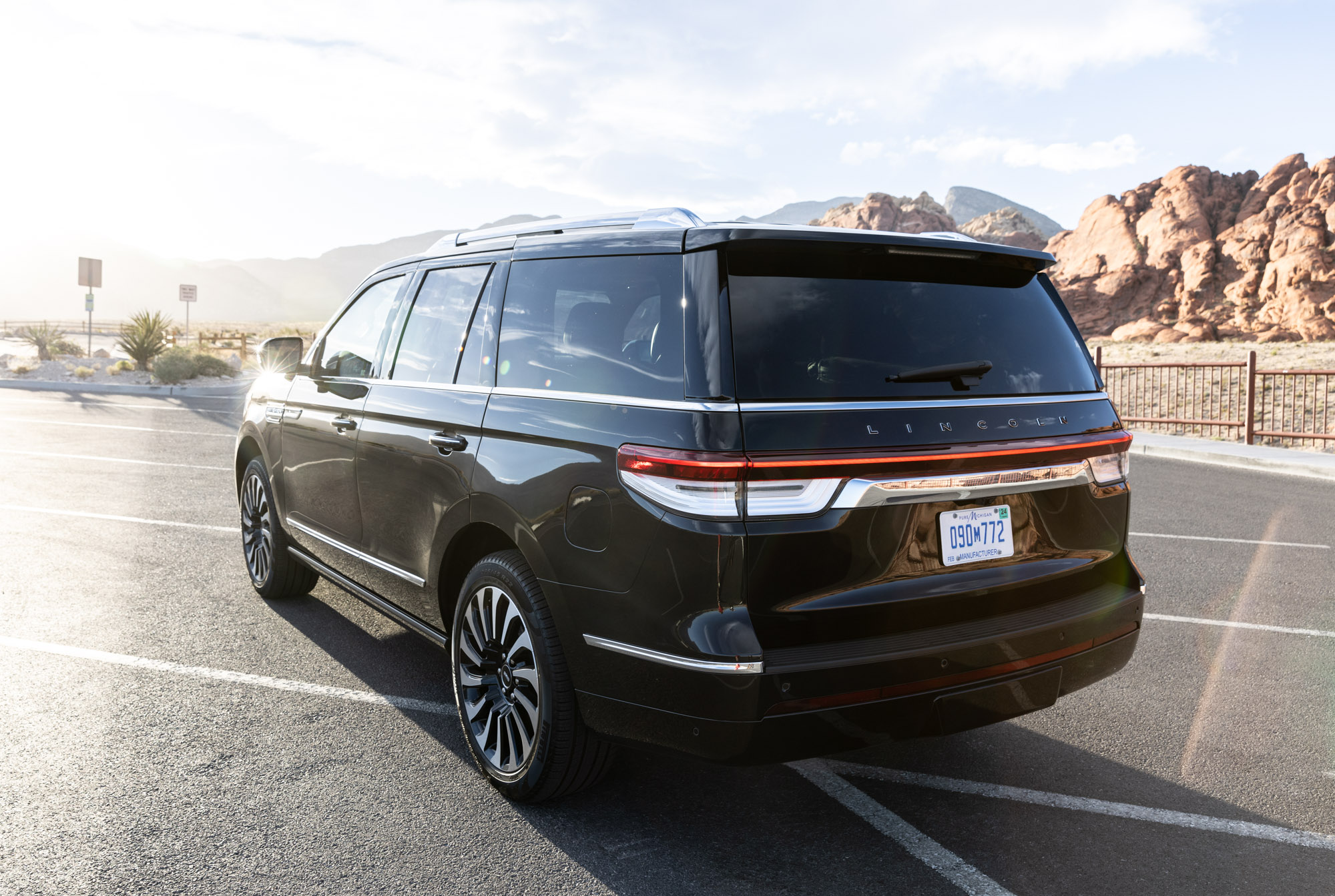
Overall, then, my first experience at the Couture show was a rousing success and a celebration of the things I personally love most about working in the luxury watch industry — not just the opportunity to enjoy incredible timepieces, but the vibrant assortment of people that make up this hobby. Couture 2022 was a fascinating inflection point for the industry, pointing toward a changing and potentially resurgent future, and the team at aBlogtoWatch will continue to bring insights from the event in the coming months as releases are officially announced.

